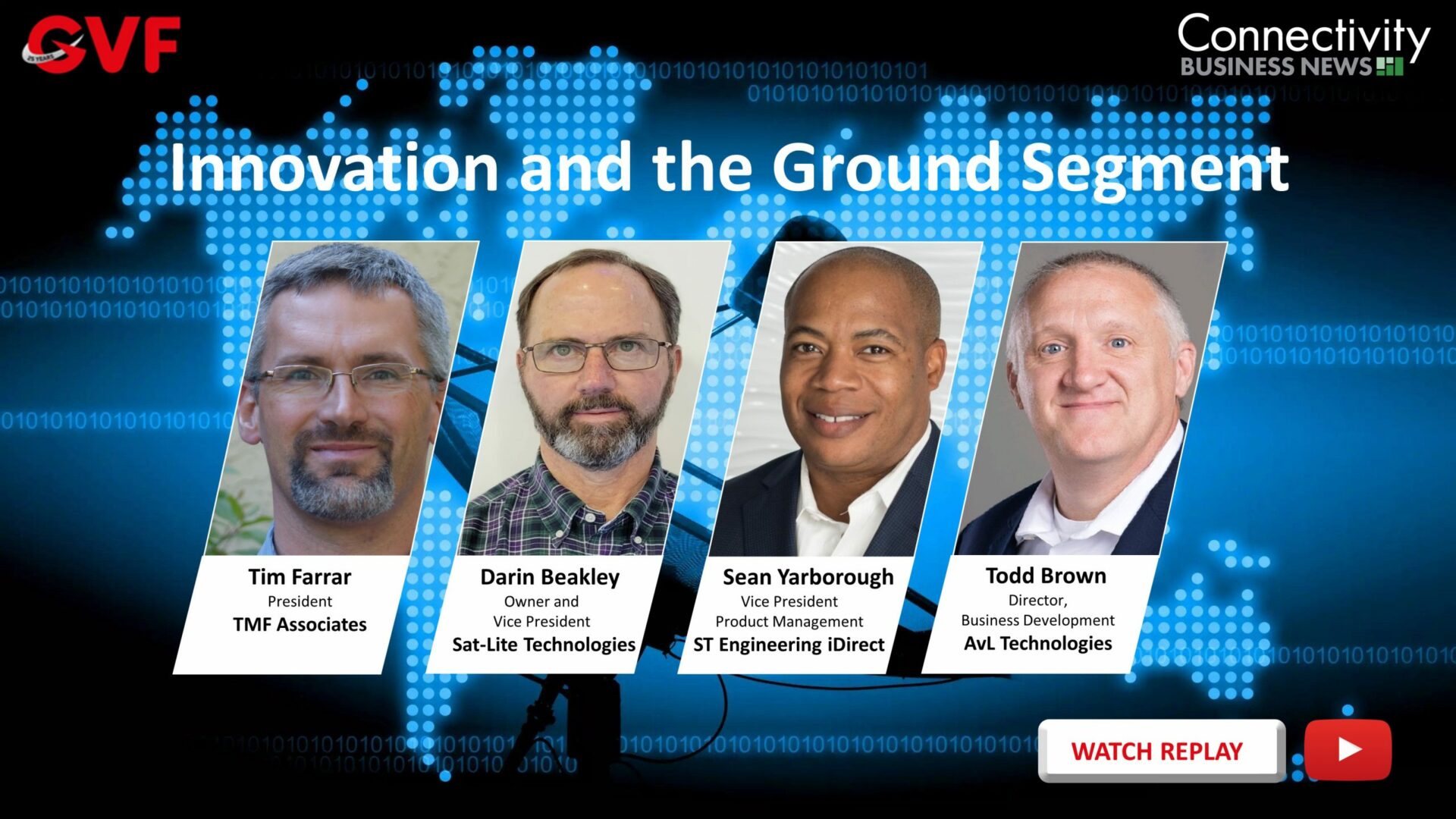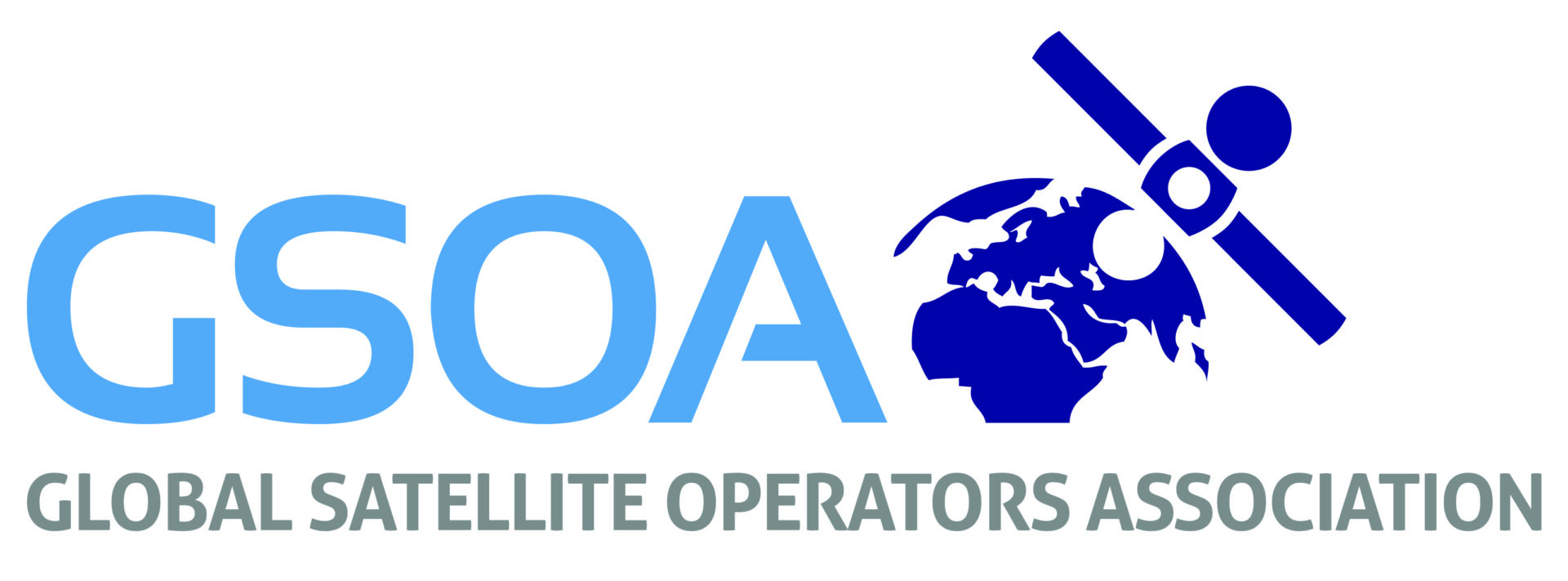Innovation and the Ground Segment

GVF and Connectivity Business News presented ‘Innovation and the Ground Segment’, an hour of wide-ranging, free- and fast-flowing interaction between moderator and our panellists from across the satellite ground segment.
As moderator, Tim Farrar set the scene with an insightful preamble, beginning with observations which in part noted, “Often the prevailing sentiment in the satellite industry has been that the space segment is the most critical and exciting part of the business, and the spectacle of launches attracts most of the attention. But none of this is any use for the end customer without a ground segment of gateways, terminals, backhaul and software to tie it all together. However, its usually been the case that the ground segment is an afterthought because operators focus on building the biggest and most capable satellites they can, and often the choice of ground segment technology is made completely independently of the satellite design. Over the last decade, some operators such as Viasat have made the case that we need an integrated space and ground network to produce the most capacity at the lowest cost, but it has still been challenging to build scale for that vision.”
With reference to end users that require a multi-orbit solution the opening question asked, “Who are the most important customers there, and what are their key priorities for their terminals?” The following dialogue segued into examining how much of a premium customers are prepared to pay for terminals that support multi-orbit solutions. Several further moderator questions were posed, blended with a large number of questions from an audience of 54 countries. Answers to audience questions for which the 60-minutes was insufficient time appear on this page.
With this level and quality of discussion, which you will not want to miss, you still have an opportunity to join the debate by watching the free on-demand recording below.
Q & A continued….
The following question was posed through the chat function during the panel but we ran out of time to respond in the live programme. Thank you to our audience for taking an active part by asking questions, and to our panellists for their time to answer them after the webinar ended…
1. What are the tools/instruments/strategies that are expected to make ground terminals more autonomous and easier to manage remotely, such that commissioning and troubleshooting time, as well as manpower employment, can be reduced?
Todd Brown (AVL Technologies): This is where the integration of different technologies and partnerships come into play. There are different interface technologies that have been developed that make the use of the terminal simpler. They allow for satellite selection, point simplicity, modem control, provisioning, remote control through disant laptops, cell phone, tablets, custom enclosures etc. Terminals are more integrated with less cabling or better cable management and direct connections for simple setup, pack up, shipping and storage.
